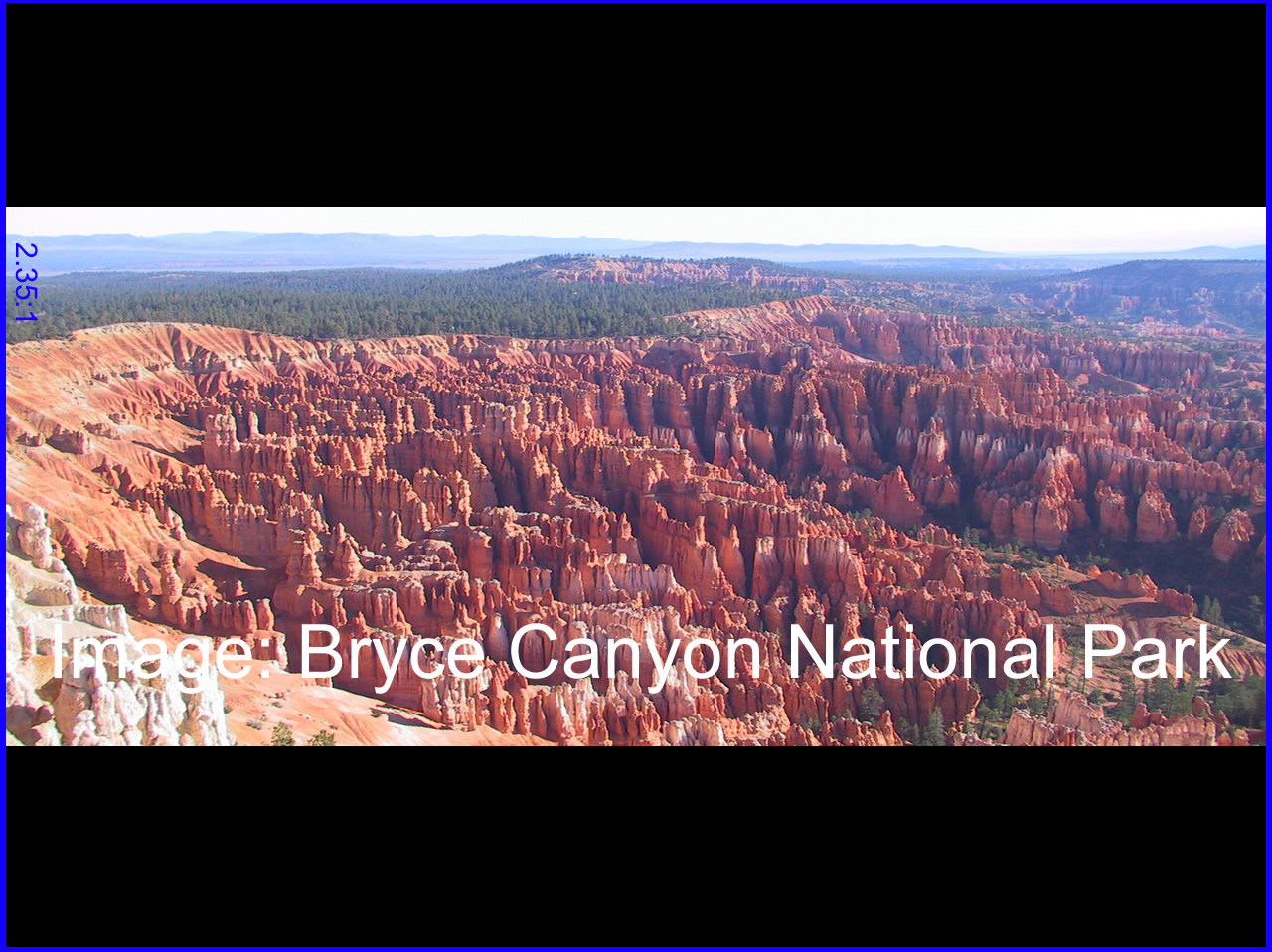
So, why is letterboxing an important concept to understand?
The students last semester who attempted to podcast a 3 hour lecture ended up spending about 9 hours trying to make that podcast available online. One of the reasons it took so long was trying to transfer the widescreen film to video formats A.K.A. Letterboxing. We will make sure the video camera is set to record on widescreen to prevent this time-consuming task from being a necessary step.
Letterboxing is the practice of transferring widescreen films to video formats while preserving the original aspect ratio. Since the video display is most often a more square aspect ratio than the original film, the resulting video must include masked-off areas above and below the picture area (often referred to as "black bars," or, more accurately, as mattes). Letterboxing takes its name from the similarity of the resulting image to a horizontal opening in a postal letter box. LTBX is an acronym used for programming using this format.
Letterboxing offers an alternative to the pan and scan or full screen method of transferring a widescreen film to video. In pan and scan, the original image is cropped to suit the 1.33:1 (or 4:3) ratio of the television screen. In contrast, letterboxing preserves the original composition of the film as seen in the theater.
Letterboxing was intended for use on a 4:3 display in a time when widescreen TVs had yet to catch on. Any letterboxed material will usually be stretched to fill the display on a widescreen TV and look distorted, however, using the vertical stretch feature on the TV or DVD player will correct this.(Wikipedia 2007)
http://en.wikipedia.org/wiki/Letterbox
1 hour
No comments:
Post a Comment